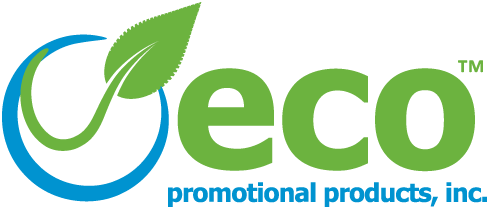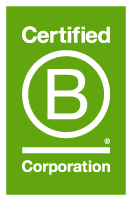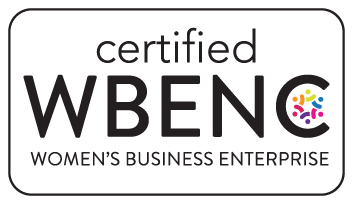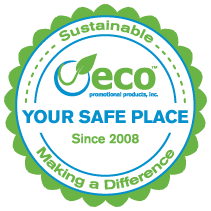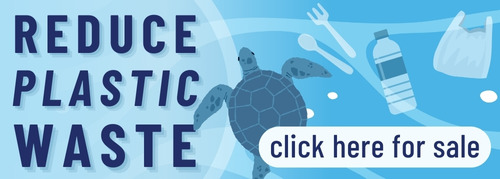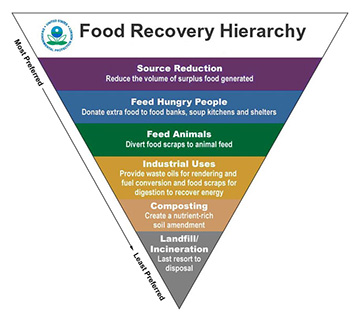Food Recovery Hierarchy: Green Meetings Offset Waste
By: Kirsty Jones - GMIC Chicago
A large source of waste from meetings and events is derived from the excess amounts of food that is typically produced and eventually wasted due to under consumption by meeting attendees. In the past there has been a fear that donating unused food in good faith to feed the hungry could cause unwanted liability and legal repercussions that both meeting planners and venues aren’t prepared to handle if for any reason the donation became harmful to recipients. It is becoming more apparent that finding a way to incorporate the practice of food recovery into meeting development in the future will be beneficial from more than just an environmental perspective.
The USDA and the EPA have developed a Food Recovery Hierarchy (see below) as a way to better utilize excess food and divert waste from landfills. It lists options for waste diversion from the most to least preferred with source reduction being the easiest and most preventative method of eliminating unwanted waste. The second most preferred method is using overproduced food to feed hungry people. In an effort to prevent the liability establishments face when donating food, congress passed the Bill Emerson Good Samaritan Food Donation Act in 1996 to eliminate the liability of those acting in good faith except in cases involving gross negligence. Since over a decade has gone by since it was enacted it is apparent that many establishments are still weary when it comes to donation. It is important for meeting planners to understand that if food is properly recovered and eventually donated, the chance of legal repercussions is minimal. What’s also important to consider is that many shelters, food banks and soup kitchens will even pick up the food donations themselves at no additional cost to meeting planners or venues. If food recovery is properly adapted to a meeting or event, everyone wins.
The hierarchy continues to recommend the use of excess food to feed animals. While laws exist in individual states to ensure the quality of feed given to animals, it is another viable option if donation to feed the hungry isn’t a possibility. Next on the hierarchy is using food waste diversion for industrial as well as composting purposes. Liquid fats and certain meat products can be used as raw materials in several industries to produce a multitude of different products. If not, composting food waste to use as fertilizer for plants is another beneficial option for unused food. All are more viable options than the least preferred option on the hierarchy: incineration or landfill.
According to the USDA and EPA: “The nation spends an estimated $1 billion a year to dispose of excess food.” If meeting planners can use this knowledge to encourage food recovery and donation instead of allowing continued waste, that number can be significantly reduced. For more information on the topic and resources for donation please visit the following link:

